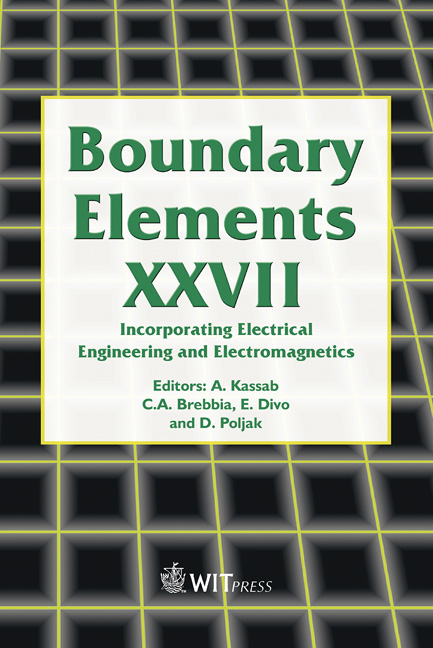Practical Computation Of Electromagnetic Wave Coupling To Transmission Lines For The EMC Engineer
Price
Free (open access)
Transaction
Volume
39
Pages
10
Published
2005
Size
322 kb
Paper DOI
10.2495/BE050541
Copyright
WIT Press
Author(s)
D. A. Larrabee
Abstract
One cause of electromagnetic interference is the coupling of electromagnetic fields to system wiring. A simple model for this is a two wire transmission line. Utilizing this model without radiation loss terms can result in large errors even when the wavelength is large compared to the wire spacing. Computer programs that solve Maxwell’s equations do not have this problem. However, such calculations are computationally expensive. An alternative is to compute only the peak resonant frequencies and their amplitude using a transmission line model which includes a radiation resistance term. We present such a model and show that this approach can lead to significant improvements in the accuracies of the predictions, with significantly less computational time. Keywords: transmission lines, electromagnetic compatibility, radiated susceptibility, radiation resistance, NEC. 1 Introduction One major source of electromagnetic interference is caused by the interaction of electromagnetic waves with the system wiring. In the very low frequency limit (wavelength much larger than system size) the interaction can be modeled by discrete components between the two interacting systems. As the wavelength becomes smaller than the cables, but larger than the spacing between the cables this can be modeled by a modified transmission line approach [1–7]. As the wavelength becomes increasing small the system is correctlymodeled with a full electro magnetics code. Each step in the process increases the complexity of the analy-
Keywords
transmission lines, electromagnetic compatibility, radiated susceptibility, radiation resistance, NEC





